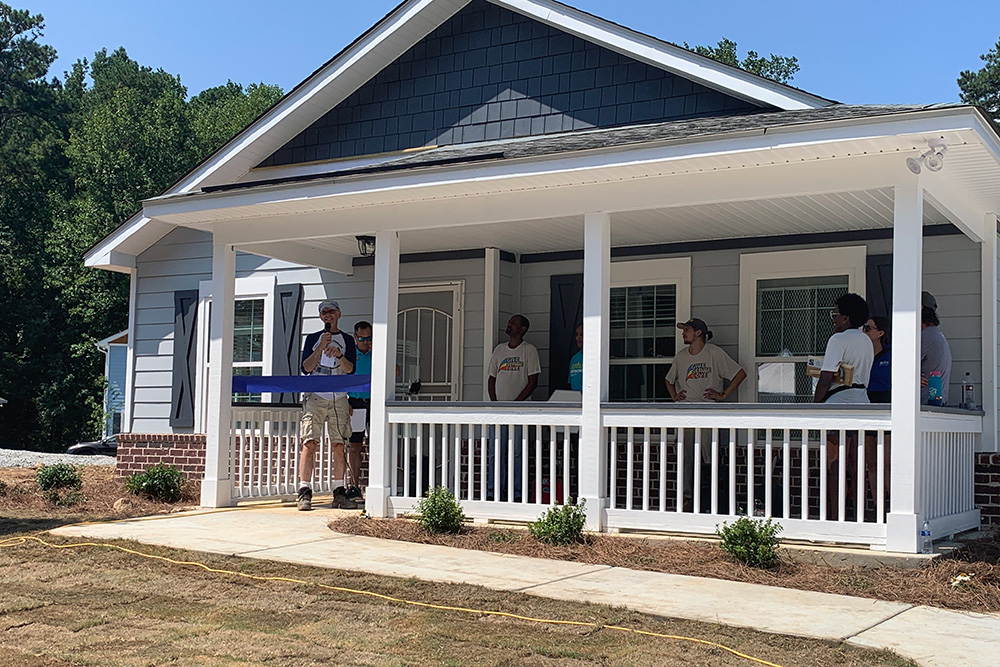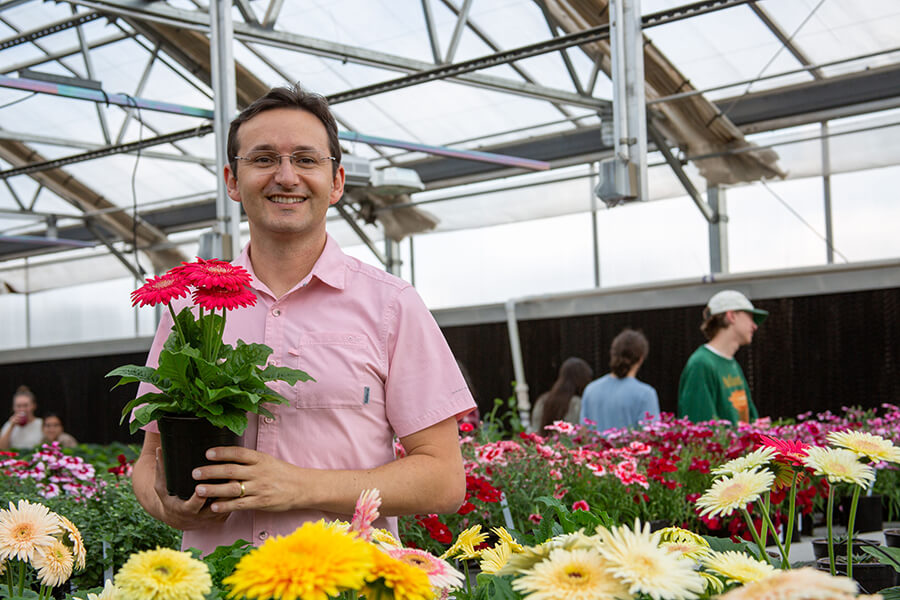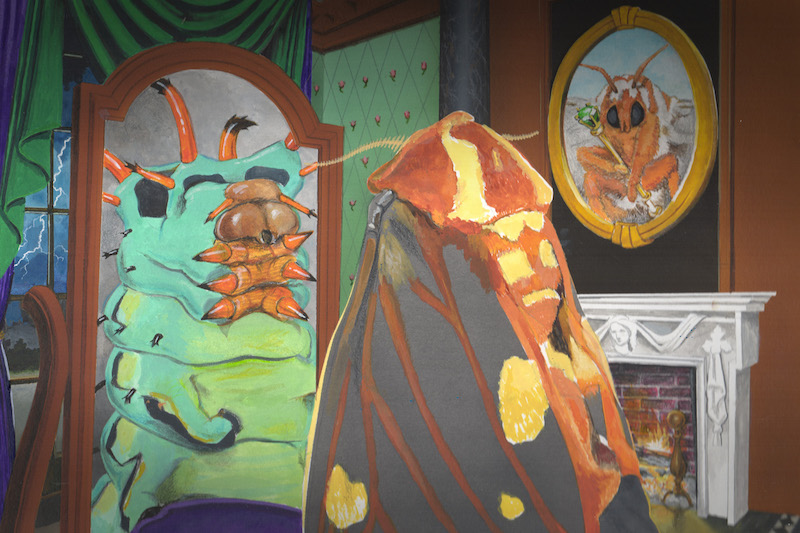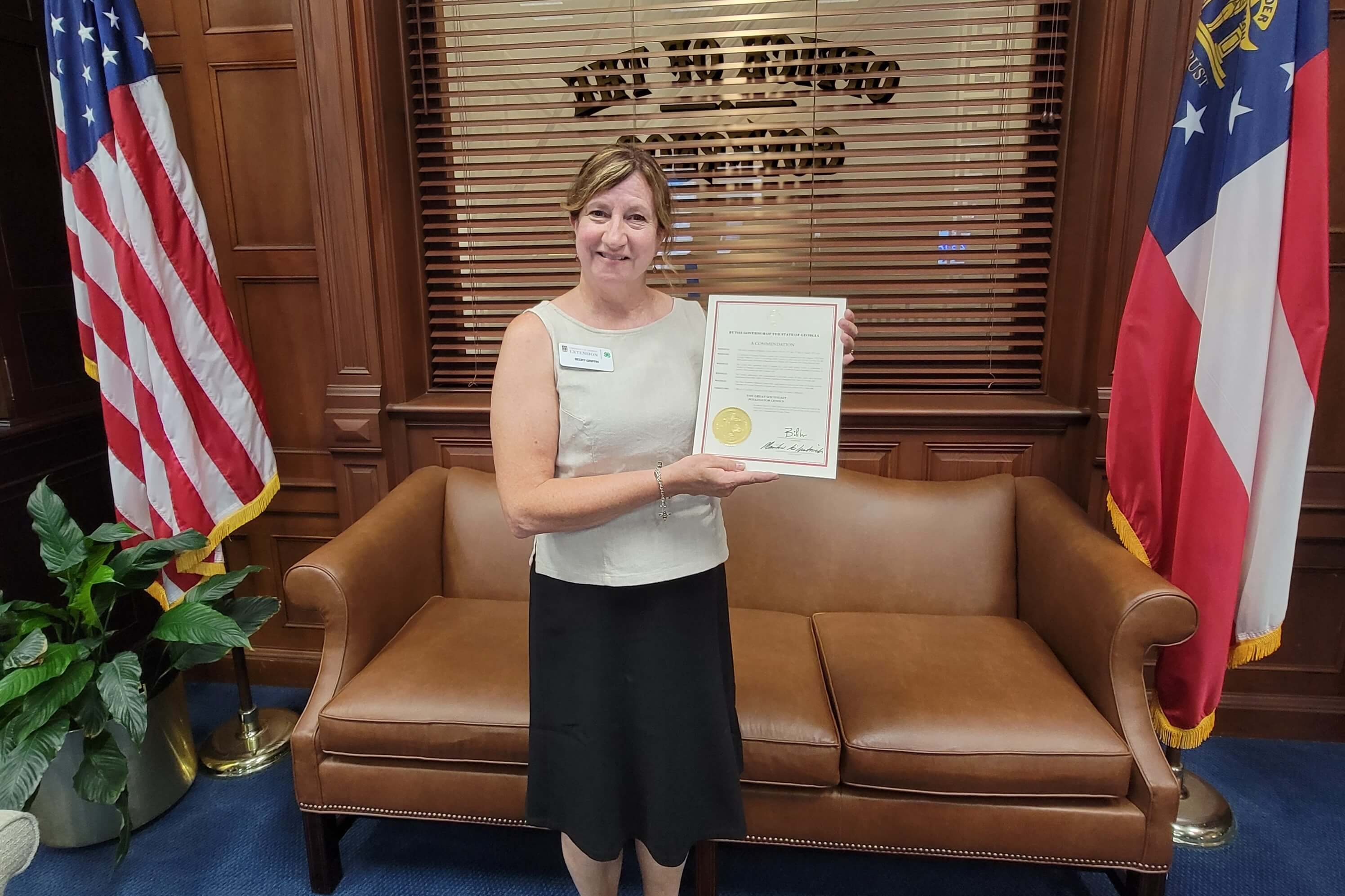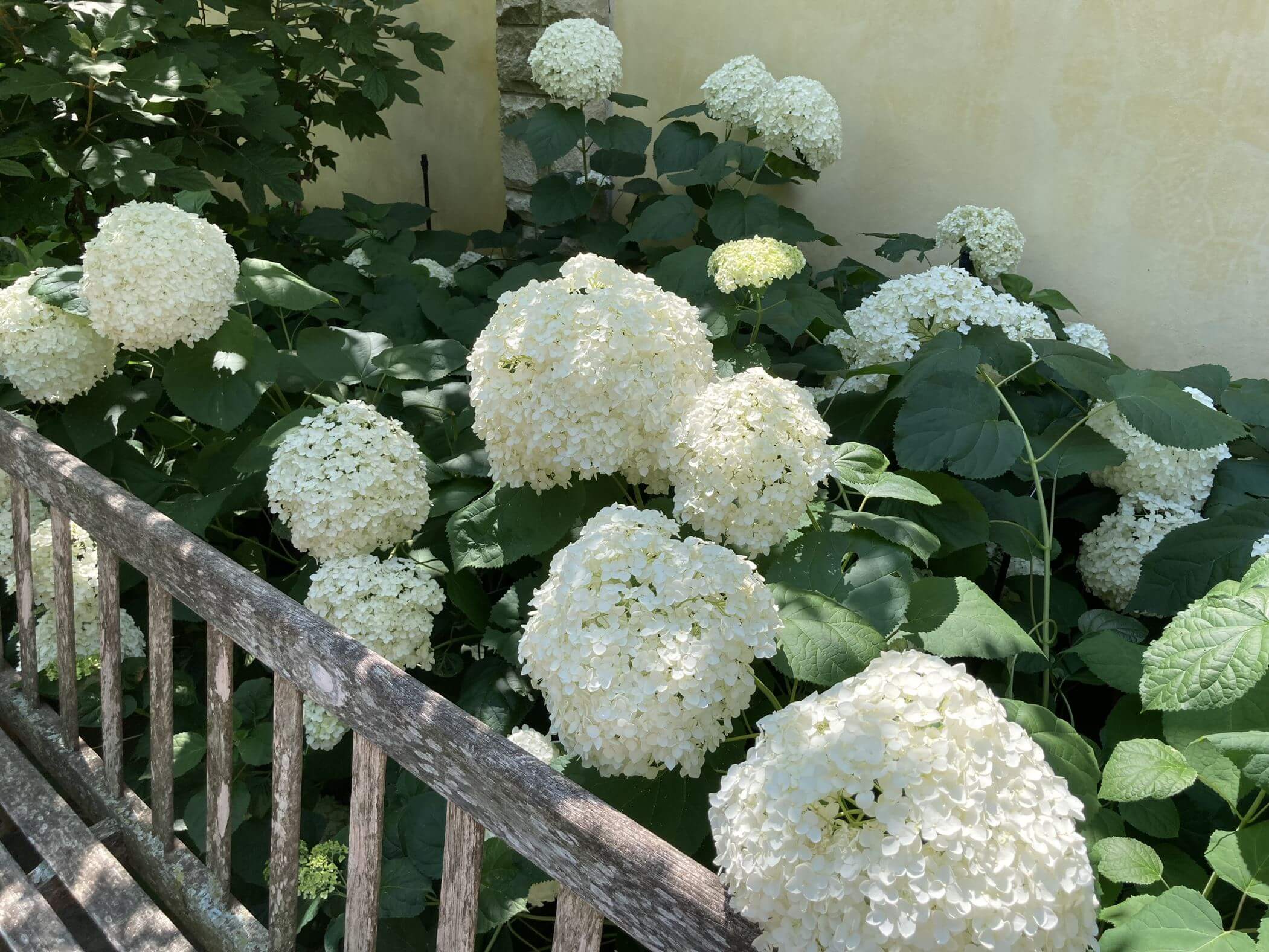What makes a good foundation plant for your home landscape? Any plant that can tolerate extreme heat, highly compact soil and a highly alkaline soil pH is a good candidate.
Plants like loropetalums, abelias, crape myrtles, hybrid hollies, maples, spiraeas and yews are suitable foundation plants because they can adapt to the extreme conditions often found around house foundations. Builders spend a lot of time making sure the soil around a home’s foundation is highly compacted in order to stabilize the house. A solid, firm foundation is needed so that the underlying slab or footer walls don’t settle and crack.
Ironically, this is where homeowners want to place plants. Many landscape plants need moist, well-drained soil to grow healthy roots. This is the exact opposite of what’s available at a house’s perimeter.
Excess water from downspouts, clogged gutters and air conditioner condensate can overwater plants. Even where the landscape is properly graded and the water appears to run away from the foundation after heavy rains, there’s still the potential for overwatering, especially in heavy clay soils. Clay soil has the highest water-holding capacity of any soil type, so it stays wet for a very long time compared to sandy or loamy soils.
During periods of frequent rainfall, the volume of water coming off the roof can quickly saturate the soil around a house’s foundation. It may take several days to dry out. Back-to-back rain events may keep the soil saturated for longer periods, creating an anaerobic (lack of oxygen) soil condition. Many plants cannot tolerate being in saturated soils for extended periods of time. Their roots will either die or rot.
Another problem often found around house foundations is masonry work — stones, bricks, sidewalks, patios, retaining walls and concrete driveways. Each of these can leach limestone and calcium into the surrounding soil and raise the soil pH too high for many plants. Many acid-loving plants prefer a low soil pH.
Popular landscape plants, such as gardenias, camellias, rhododendrons, azaleas, leucothoe, pieris, mountain laurel and blueberries, should never be planted close to the foundation of a house, sidewalk or driveway.
These plants should be segregated from other plants to avoid soil pH conflicts. Frequently, these plants will have yellow leaves and contrasting dark green leaf veins. This is a symptom of a nutrient deficiency — usually iron or magnesium — that results from a high soil pH.
Extreme temperature fluctuations are also a problem around house foundations, especially along the southern or western exposures. Houses with dark shingles, brick or stone siding radiate heat. Even sun-tolerant plants can suffer from heat stress during the summer without some afternoon shade, mulch and supplemental irrigation. Consider building an arbor or planting taller deciduous trees along the southern and western boundaries to help lower the temperature. This will help reduce heat stress on landscape plants and will help lower summer power bills.
There are a few things home landscapers can do to help foundation plants better adapt to the difficult environment. Ensure that water from downspouts, gutters and air conditioners drains away from the foundation. Install plants an inch or two higher to ensure good drainage. Dig a wide planting hole for trees and shrubs, at least two to three times wider than the root ball. This loosens the soil and helps with establishment. Research shows that there is no benefit to adding topsoil amendments or compost to the planting hole for trees and shrubs. These added materials can actually act as a sponge and disrupt soil drainage.
Before selecting plants, have the soil tested to learn the pH level. Then decide which plants are best suited for the site’s soil. Lastly, determine the mature size of the plant and allow enough space for the plant to grow without crowding into the foundation.
After planting, maintain a 3-inch layer of mulch or pine straw around plants and provide supplemental water during drought conditions to minimize plant stress.
For more information, read University of Georgia Cooperative Extension publications and fact sheets on landscape trees and shrubs at www.extension.uga.edu/publications.


